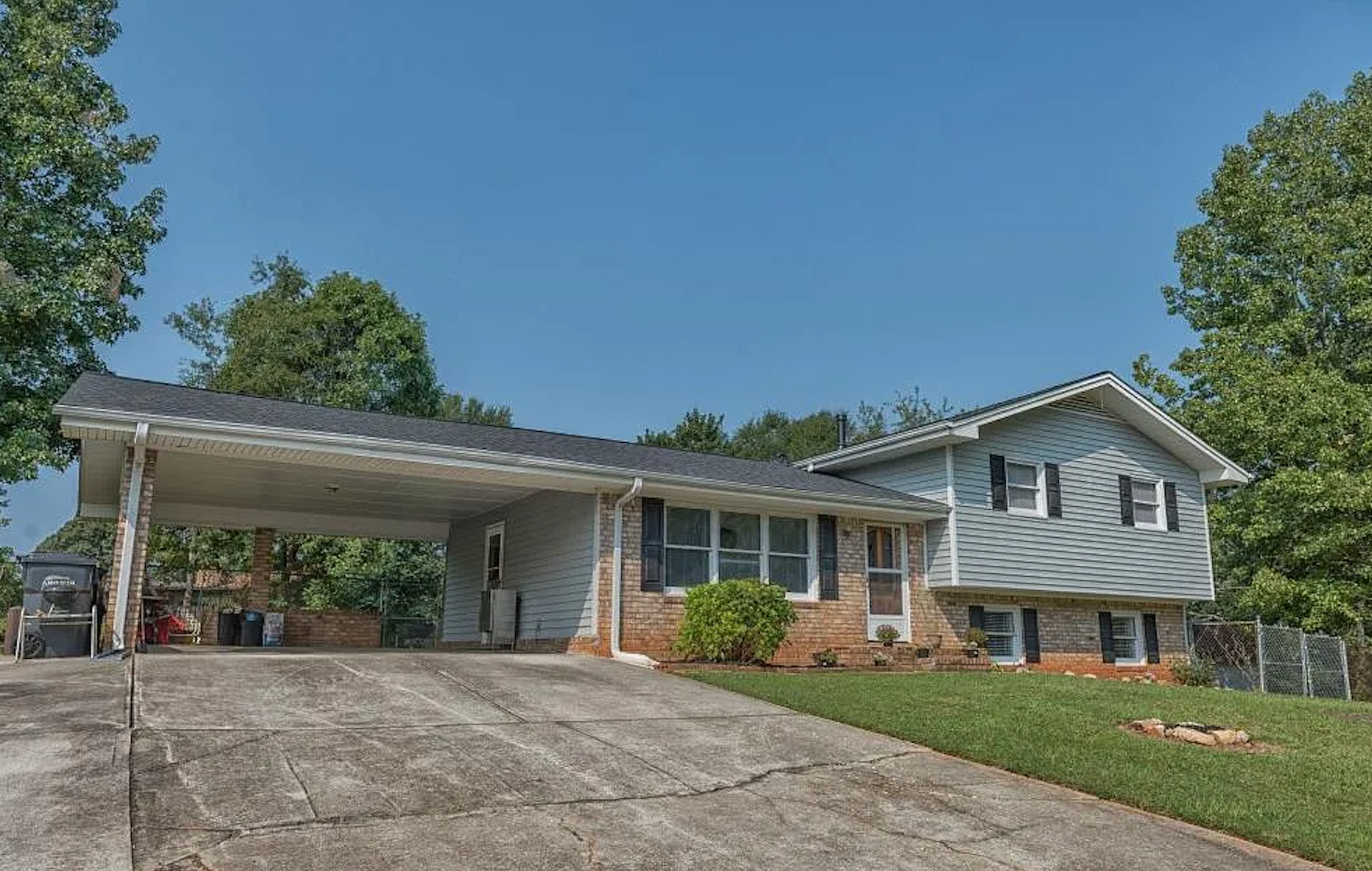How to fix Water Damage Restoration and Dry-Rot Damage Repair?
Introduction
Have you ever had to deal with water damage or dry-rot damage? If so, then you know how frustrating it can be. Water damage can occur for a variety of reasons, such as a broken pipe, a leaky roof, or even flooding. Dry-rot damage, on the other hand, is caused by a fungus that attacks wood. Both of these problems can be costly to repair, fortunately, there are some tips you can follow to help minimize the damage. In this article, we'll show you how to get started.
How to Protect Your Home from Damage Caused by Dry Rot and Water
Your home is one of your most important investments, so it’s important to protect it from any potential damage. Dry rot and water damage are two of the most common problems that homeowners face. Dry rot is caused by a lack of moisture, while water damage is often the result of flooding or leaks. Luckily, by taking some preventative measures, you can keep your home in good condition and avoid costly repairs down the road.
A Guide on Dry Rot Repair
Dry rot is a type of wood decay that can cause serious damage to your home. left untreated, dry rot can spread quickly and cause structural damage. While it is possible to repair dry rot yourself, it is best to hire a professional. A professional will be able to assess the damage and determine the best course of action.
Identifying Dry Rot
Dry rot is a serious problem that can affect the structural integrity of your home. If you suspect that you have dry rot, it's important to have it assessed by a professional as soon as possible. There are a few ways to identify dry rot, these include:
- wood that has cracks or stains.
- musty smell.
- grey strands on wood.
- fruiting forms that resemble giant mushrooms.
- deep fissures in the wood grain.
- rotting wood.
- brittle wood that breaks easily.
- concentrated areas of orange-brown spore dust.
Structural versus Non-Structural Dry Rot Repair
There are two main types of dry rot repair: structural and non-structural. Structural dry rot repair is necessary when the damage is extensive and threatens the stability of the structure. Non-structural dry rot repair is less expensive and can be done when the damage is confined to a small area.****
Dry Rot Damage Repair Process
Dry rot damage repair is the process of repairing wood that has been damaged by dry rot. This type of damage is often caused by exposure to moisture and can lead to the wood becoming weak and brittle. It is advisable to begin the repair procedure during a dry season and arrange all of the materials required to achieve a seamless repair; the multi-steps of the repair process are as follows:
Optimal Cleaning Methods for Water/Dry-Rot Damaged Residential Units Before Painting or Renovating
If you're planning on painting or renovating a residential unit that has water or dry-rot damage, it's important to take the proper steps to clean the unit first. Depending on the extent of the damage, you may need to use a combination of different cleaning methods to get the unit ready for painting or renovation. It is crucial to remove all loose paint, dirt, mildew, and mold before proceeding with any painting or renovation project.
Some of the optimal cleaning methods for water/dry-rot damaged units include power washing, sanding, and using a bleach solution.
Power washing
Power washing is a great way to get rid of any water or dry-rot damage as it uses a high-pressure water spray to remove dirt, grime, and mold from surfaces. It is ideal for preparing for painting or other repairs because it is an efficient way to swiftly clean vast surfaces.
Sanding
To ensure that your paint job or renovation last longer is it essential to clean the damaged areas thoroughly, sanding is a great way to help you do it. To sand and clean these areas, you'll need a few supplies, including sandpaper, a vacuum, and a damp cloth. First, use sandpaper to rough up the damaged area. Next, vacuum up any dust or debris. Finally, wipe down the area with a damp cloth. Once you've done this, you're ready to start painting or renovating!
Bleaching
A fantastic technique to get your surface ready for painting is to scrub the damaged areas using bleach. Bleaching uses a high concentration of chlorine to kill mold, mildew, and bacteria, and remove stains. It's important to follow the manufacturer's instructions carefully when using bleaching, as it can be harmful if used improperly. Once you've finished bleaching, be sure to rinse the area thoroughly with clean water.
Where To Find Water Damage Restoration Services in Marietta, GA?
If you live in Marietta, GA, and have experienced water damage, you may be wondering where to find restoration services. There are many companies that offer water damage restoration, and choosing the right one can be tricky.
Conclusion
If you have water damage or dry-rot damage in your home, it's important to get it fixed as soon as possible. Water damage can lead to mold growth, which can be a health hazard, and dry-rot damage can cause structural problems.
There are a few different ways to fix water damage and dry-rot damage, and the best method will depend on the extent of the damage. If the damage is minor, you may be able to repair it yourself. However, if the damage is more significant, you'll need to hire a professional. Either way, it's important to take care of the problem as soon as possible to avoid further damage.
FAQs:
How to Repair Water Damaged Wood?
If your wood furniture has been damaged by water, there are a few things you can do to repair it. First, remove any excess water from the surface of the wood using a soft cloth. Next, use a vacuum cleaner with a soft brush attachment to remove any remaining water from the cracks and crevices. Once the wood is dry, sand the surface lightly with fine-grit sandpaper to remove any damage or warping. Finally, apply a sealant or varnish to the surface to protect it from future water damage.
How long does it take for wood to rot from water damage?
Wood that has been damaged by water can start to rot within 48 hours. The length of time it takes for the wood to completely rot will depend on the amount of water damage, the type of wood, and the conditions the wood is in.
How do you fix rotted wood without replacing it?
If you have rotted wood on your property, you may be wondering how to fix it without replacing it. There are a few ways to do this, depending on the severity of the rot. If the rot is only superficial, you can sand it down and treat it with a wood preservative. If the rot is more severe, you may need to remove the affected piece of wood and replace it with a new one.







